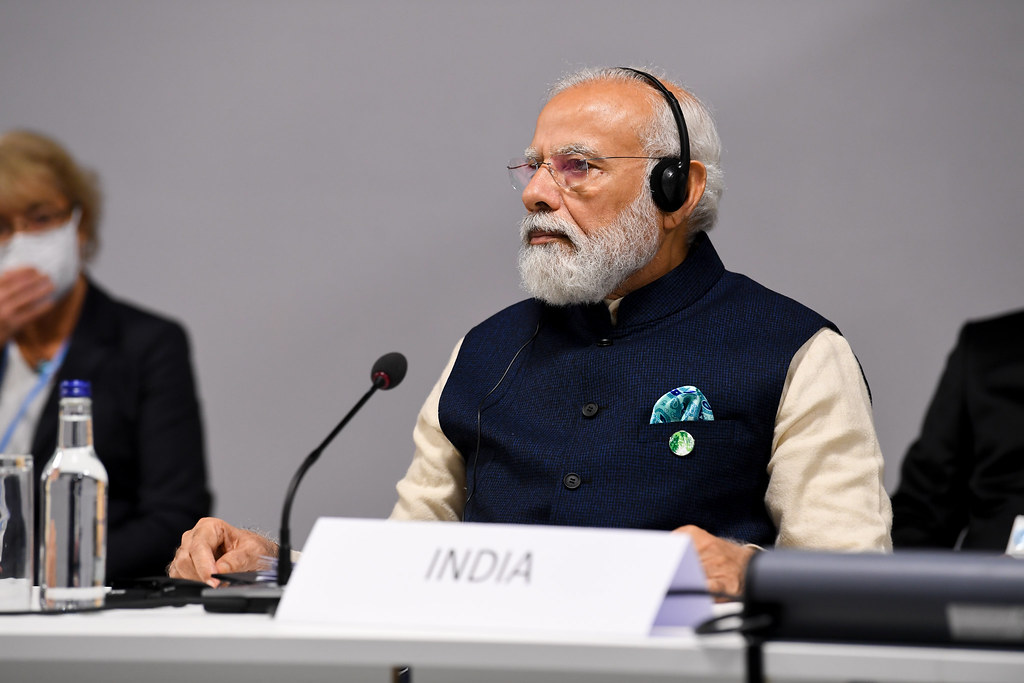
The Prime Minister, previously advising his associates that DMK leader and Tamil Nadu Minister Udhayanidhi Stalin’s remarks regarding Sanatana Dharma required a “thoughtful counter,” has personally initiated the counterattack.
In a scathing critique of the Indian National Developmental, Inclusive Alliance (INDIA), Prime Minister Narendra Modi asserted that the alliance harbours a concealed agenda aimed at “fragmenting Sanatana Dharma.” These remarks came during his addresses at rallies in Madhya Pradesh’s Bina district and Chhattisgarh’s Raigarh, where he criticised the opposition’s stance on the ongoing Sanatana Dharma controversy.
Prime Minister Modi had earlier advised his ministerial colleagues that a “thoughtful response” was required to counter DMK leader and Tamil Nadu Minister Udhayanidhi Stalin’s remarks equating Sanatana Dharma with diseases like dengue. Subsequently, he assumed the role of leading the counterattack himself.
During his public address in Bina, where he laid the foundation stone for projects worth ₹50,000 crore, Prime Minister Modi emphasised the need to unite against those seeking to erase Sanatana Dharma, warning that their intentions could lead the nation back into centuries of subjugation. He called upon the nation’s collective strength and unity to thwart such forces.
Throughout his speech, Prime Minister Modi repeatedly referred to the India bloc as the “INDI Alliance” or the “Ghamandia (arrogant) Alliance.” He highlighted that some parties within this alliance were actively engaged in dividing the country and society, suggesting that they had recently formulated policies and strategies during a meeting in Mumbai.
In an effort to underscore the significance of Sanatana Dharma, Prime Minister Modi invoked numerous historical and mythological figures, emphasising that it represented the “thoughts, values, and traditions” that had bound India together for millennia. He noted that Sanatana culture had inspired figures like Saint Ravidas, who was an icon among Dalits, and had also motivated Mahatma Gandhi in his campaign against untouchability. He concluded by mentioning the historical connections of Madhya Pradesh to prominent figures like Ahilya Bai Holkar and Rani Lakshmibai, who were inspired by Sanatana values.